
|
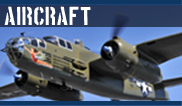 return
to return
to |
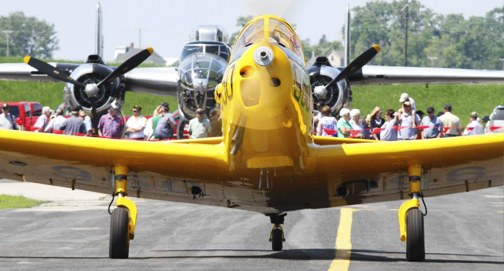  |
|
Model Designation
The Fairchild PT-26 is the third in
a family of three primary trainers
introduced in 1939. Designed to
replace the biplane trainers then in
use the single, low-winged Cornell
more accurately reflected the front
line fighters that cadets would
later be asked to fly in combat. The
PT-19 was the basic version of the
Cornell while the PT-23 had the same
basic airframe with a radial engine
fitted. Fleet Aircraft of Canada
built most PT-26s with an enclosed
cockpit and other cold weather
modifications for use by the Royal
Canadian Air Force.
Fairchild developed a nearly
identical variant of the PT-19, the
PT-26, for the Royal Canadian Air
Force that featured fully enclosed
cockpits to help combat the cold
Canadian climate. By the end of the
war in 1945, a total of 8,130
PT-19s, PT-23s and PT-26s had been
produced to serve in such places as
the United States, Canada, Great
Britain, Norway, Latin America and
Rhodesia.
History
In the late 1930s, Sherman
Fairchild hired the talented
designer Armand Thiebolt to design
an aircraft to satisfy the Army Air
Corps' call for a primary trainer.
The new plane had to be forgiving,
have aerodynamic refinements for
improved safety, feature
interchangeable parts and be built
from largely “non-strategic”
materials (i.e. wood and fabric).
Thiebolt rose to this challenge and
set to work designing the M-62
(Fairchild's designation for the
PT-19). The M-62 was fitted with a
Ranger in-line engine giving the
design a very narrow frontal area.
The plane's low wing allowed for a
widely spaced fixed landing gear
which guarded against ground
accidents. The PT-19's steel tubing
frame and plywood sheathed wing and
tail structures were light, strong
and easy to care for; although the
wings were susceptible to rotting in
wet climates.
In September l939, the M-62 won a
fly-off at Wright Field in Dayton,
Ohio against 17 other designs and
became the U.S. Army's primary
trainer. Little more than a year
later, 12 PT-19s a week rolled out
of Fairchild's Haggerstown, Maryland
factory. After America's entry into
World War II, Fairchild could no
longer meet the demand for PT-19s,
so Howard Aircraft, St. Louis
Aircraft, and Aeronca also began
constructing PT-19s under license.
Soon PT-19 airframes were produced
faster than Ranger could build
engines for them, and Fairchild
began fitting Continental radial
engines to PT-19 frames, calling the
new aircraft the PT-23.
Cornells served in Canada until
they were phased out of service in
1947.
|
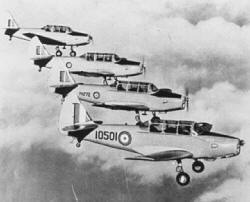
Royal Canadian Air Force PT-26
Cornells in formation

PT-26 cutaway
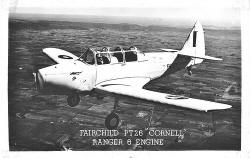
Cornell
in a "Military Postcard" |
Specifications
Engine:
Ranger L-440-3
6-cyl. inverted
air-cooled in-line
piston engine, 200
hp
Weight:
1,845 lbs Empty
Up to 2,545 lbs
Loaded
Dimensions:
Wingspan: 36 feet 0
inches
Length: 28 feet 10
inches
Height: 10 feet 6
inches
Armament: None
Performance:
Maximum speed: 132
mph
Cruising speed: 106
mph
Range: 480 miles
Ceiling: 15,300 ft.
|
|
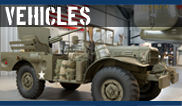

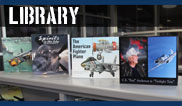

 |
|
|






